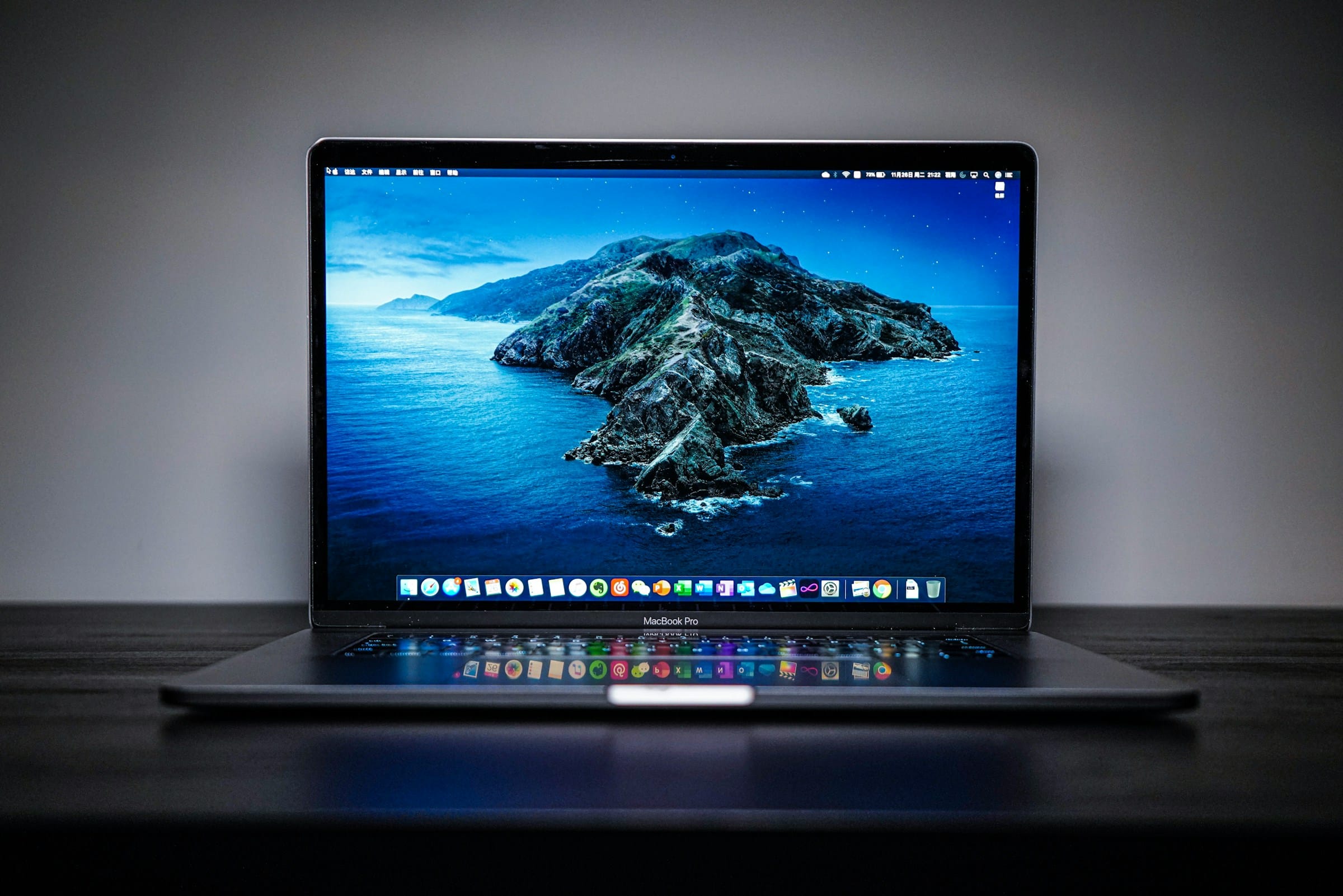As technology continues to evolve, the need for increased storage capacity also soars high. Particularly for MacBook Pro users, the internal drive may not suffice for the massive amount of data you need to store or back up. This is where an external HDD enclosure comes into play. This comprehensive guide will walk you through setting up a multi-bay external HDD enclosure to augment your Mac’s storage and backup capacity.
Understanding the Essentials of an External HDD Enclosure
Before diving into the setup process, it’s crucial to understand what an external HDD enclosure is and why it’s a key component for storage and backup.
A lire en complément : What are the precise steps for configuring a Synology DS218+ NAS for Time Machine backups?
An external HDD enclosure, simply put, is a casing for your hard drives or SSDs. It serves as a bridge that connects your drives to your computer through a USB or other interfaces, allowing you to access and manage your data. It also provides a protective shield to your drives, thereby ensuring the longevity of your storage devices.
When it comes to multi-bay enclosures, you’re looking at a setup that can house multiple drives. This can be advantageous for users who need extensive storage or want to employ a RAID (Redundant Array of Independent Disks) configuration for data redundancy and performance enhancement.
Sujet a lire : How can you set up a home automation server using a Lenovo ThinkCentre M90n Nano IoT?
Choosing the Right HDD Enclosure for your Mac
There’s a broad range of HDD enclosures available in the market. When it comes to choosing one for your MacBook Pro, there are several factors you should consider.
You need to ensure that the enclosure supports the type of drives you plan to use – HDD or SSD. The enclosure should also be compatible with the version of USB or Thunderbolt that your Mac supports.
One highly recommended enclosure for Mac users is the OWC multi-bay drive enclosure. It provides high performance, flexibility, and is compatible with both HDD and SSD drives.
Setting Up the HDD Enclosure for Your MacBook Pro
After deciding on the right enclosure, the next step is setting it up with your MacBook Pro.
First, you will need to install the drives in the enclosure. This process varies slightly depending on the brand and model of the enclosure, but it typically involves sliding the drives into the bays and securing them with provided screws or clips.
Once your drives are installed, connect the enclosure to your MacBook Pro using the appropriate cable — typically a USB or Thunderbolt cable.
After successfully connecting the enclosure, your Mac should automatically recognize the drives. You can view them by opening Finder and going to the “Devices” section.
Configuring the Drives for Backup and Storage
Once your external HDD enclosure is set up, it’s time to configure the drives for backup and storage.
For Mac users, Time Machine is the built-in backup solution offered by Apple. To set it up, go to System Preferences, select Time Machine, and choose the drive you want to use for backup.
For storage purposes, you may wish to reformat the drive to ensure it’s in a format compatible with your Mac. To do this, open Disk Utility, select the drive you want to format, and then choose the ‘Erase’ option. Be careful, as this will delete all existing data on the drive.
Utilizing a RAID Configuration for Increased Performance
A further step you may consider is setting up a RAID configuration. This is particularly useful if you have a multi-bay enclosure, as it allows you to use multiple drives as a single entity or to create a backup of your data.
The type of RAID configuration you choose depends on what you aim to achieve. For instance, a RAID 0 configuration improves performance by distributing data across multiple drives, while RAID 1 configuration provides a comprehensive backup solution by mirroring data across two drives.
Setting up a RAID configuration can be complex, particularly for a novice user. But don’t worry: macOS comes with built-in RAID support through Disk Utility, which simplifies the process.
Remember, before making any significant changes to your drives, always ensure that your data is backed up elsewhere. The last thing you want is to lose critical information in the process of trying to create more storage space.
By following this guide, you can successfully set up a multi-bay external HDD enclosure for backup and storage on your MacBook Pro. The process might seem complex initially, but with a bit of patience and careful steps, you’ll greatly boost your storage and backup capabilities.
Advanced Configuration Options for Power Users
As you become more accustomed to using a multi-bay external HDD enclosure, you might start considering more advanced configuration options. These settings can offer improved performance, data protection, or both, depending on the specific configuration.
One such setting is partitioning. This process involves dividing a hard drive into multiple distinct sections, or partitions. Each partition behaves like a separate hard drive. This can be useful for organizing your data more effectively and can even improve performance in certain situations.
To partition a drive, you need to use the built-in Disk Utility application on your Mac. Simply select the drive you want to partition, and then click on the ‘Partition’ button. You can then specify how many partitions you want and their respective sizes.
Another advanced option is the use of a startup drive. This means using an external drive as the boot drive for your Mac. This can be beneficial if your internal drive is full or if you want to run a different operating system without affecting your main drive.
To set up a startup drive, you need to clone your internal drive to the external drive. You can use a third-party application like Carbon Copy Cloner to do this. Once cloned, you can select the external drive as the startup disk in System Preferences.
Remember, these advanced configurations require a certain user level. Make sure you understand what you’re doing and always back up your data before making major changes.
As a MacBook Pro user, maximizing your backup and storage options is vital. A multi-bay external HDD enclosure offers a flexible and scalable solution to meet your growing data storage needs. By choosing the right enclosure, correctly setting it up, and configuring your drives, you can greatly enhance your Mac’s storage.
Furthermore, advanced configurations like partitioning and using an external drive as a startup drive can bring additional benefits, especially for power users. However, these options require a higher user level and should be approached with caution.
Following the steps and advice outlined in this guide, you can leverage the full potential of your multi-bay HDD enclosure. This not only allows you to store more data but also provides a robust backup solution to safeguard your valuable files.
While setting up and configuring your multi-bay external HDD enclosure may seem daunting at first, taking it step by step, referring back to this guide as needed, and remembering to back up your data, you’ll soon reap the rewards of your efforts.
So, whether you’re a casual user profile with essential storage needs or a power user looking to maximize performance and functionality, a multi-bay external HDD enclosure can be a valuable addition to your MacBook Pro setup.











